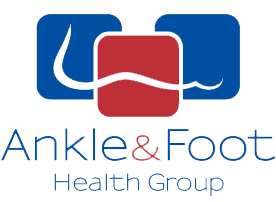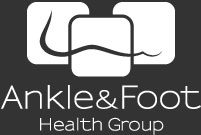Plantar Fasciopathy
What is it?
This condition is commonly referred to as heel spurs, refers to the inflammation and/or degeneration of the plantar fascia which is a thick, fibrous ligament that extends from the heel bone to the ball of the foot.
Signs and Symptoms
Heel pain that is typically worse in the morning, pain at the beginning of an activity and which decreases as the activity progresses. The point of tendernes is usually located directly under the heel or on the inside aspect of the heel. The pain is usually described as a stone bruise, sharp in nature and sometimes has associated burning sensations.
What causes it?
The cause of plantar fasciopathy is multifactorial and may include poor foot mechanics and shock absorption, repetitive stress on the fascia, overuse, sudden increase in physical activity and tight calf muscles.
How is it treated?
Treatment consists of icing, strapping, stretching, massage, dry needling, foot compression socks, footwear and orthotic therapy, ultrasound and shock wave therapy.
Sever’s Disease
What is it?
Sever’s disease (calcaneal apophysitis) is the most common cause of heel pain in children and refers to a condition in which the growth plate of the calcaneus (heel bone) becomes irritated and inflamed.
What causes it?
The growth plate in the heel bone is located at the back, and this is also the site of attachment for the Achilles tendon. This Achilles tendon attaches the calcaneus to the calf muscles, which are the main muscles used to move the lower leg. If excessive strain is placed on the growth plate, via the calf muscles, inflammation results.
Signs and Symptoms
Pain at the back, sides and/or underneath the heel. Pain is usually made worse by activity and is relieved with rest.
How is it treated?
Treatment aims to reduce the severity or intensity of the pain and swelling through RICER, massage, dry needling, stretching, footwear and in some cases orthotics.
Plantar Fasciopathy
What is it?
This condition is commonly referred to as heel spurs, refers to the inflammation and/or degeneration of the plantar fascia which is a thick, fibrous ligament that extends from the heel bone to the ball of the foot.
Signs and Symptoms
Heel pain that is typically worse in the morning, pain at the beginning of an activity and which decreases as the activity progresses. The point of tendernes is usually located directly under the heel or on the inside aspect of the heel. The pain is usually described as a stone bruise, sharp in nature and sometimes has associated burning sensations.
What causes it?
The cause of plantar fasciopathy is multifactorial and may include poor foot mechanics and shock absorption, repetitive stress on the fascia, overuse, sudden increase in physical activity and tight calf muscles.
How is it treated?
Treatment consists of icing, strapping, stretching, massage, dry needling, foot compression socks, footwear and orthotic therapy, ultrasound and shock wave therapy.
Sever’s Disease
What is it?
Sever’s disease (calcaneal apophysitis) is the most common cause of heel pain in children and refers to a condition in which the growth plate of the calcaneus (heel bone) becomes irritated and inflamed.
What causes it?
The growth plate in the heel bone is located at the back, and this is also the site of attachment for the Achilles tendon. This Achilles tendon attaches the calcaneus to the calf muscles, which are the main muscles used to move the lower leg. If excessive strain is placed on the growth plate, via the calf muscles, inflammation results.
Signs and Symptoms
Pain at the back, sides and/or underneath the heel. Pain is usually made worse by activity and is relieved with rest.
How is it treated?
Treatment aims to reduce the severity or intensity of the pain and swelling through RICER, massage, dry needling, stretching, footwear and in some cases orthotics.

